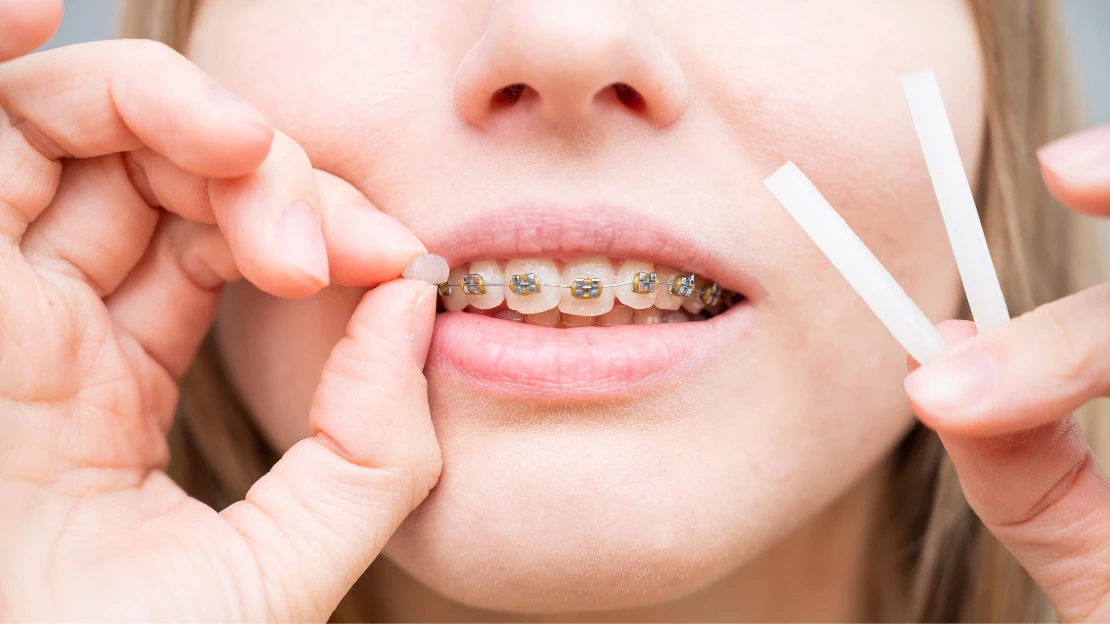The Buzz on Legacy Orthodontics
The Buzz on Legacy Orthodontics
Blog Article
Some Known Questions About Legacy Orthodontics.
Table of ContentsFacts About Legacy Orthodontics RevealedLegacy Orthodontics - An OverviewThe Buzz on Legacy OrthodonticsTop Guidelines Of Legacy OrthodonticsTop Guidelines Of Legacy Orthodontics
In addition, we use adjustable treatment routines, adaptable repayment choices and a fun, pleasurable experience.An orthodontist is a dental practitioner trained to identify, prevent, and treat teeth and jaw abnormalities. Orthodontists work with people of all ages, from children to grownups.
Malocclusion, or misaligned teeth, can cause dental issues, including tooth decay, gum tissue disease, and difficult or unpleasant eating. Not every person is born with straight teeth. If you have a poor bite or big spaces in between your teeth, you might wish to speak with a dental professional focusing on orthodontic treatment.
The Greatest Guide To Legacy Orthodontics
( Photo Credit Rating: DigitalVision/Getty Images) Orthodontists utilize repaired and removable oral devices, like dental braces, retainers, and bands, to transform the placement of teeth in your mouth. Orthodontic therapy is for oral abnormalities, consisting of: Misaligned teethBite problems, like an overbite or an underbiteCrowded teeth or teeth that are as well much apartJaw misalignmentThe objective of orthodontic therapy is to boost your bite.
A healthy and balanced bite ensures you can eat, eat, and speak appropriately. While you may think about orthodontists as mostly for children or teenagers who need braces, they can remedy oral troubles at any age. Orthodontists go to college, oral college, and orthodontic school. After graduation, they invest 2 or 3 years in an orthodontic residency program.
, yet not all dentists are orthodontists. They concentrate on 2 areas: How to correctly and securely relocate teeth How to properly guide advancement in the teeth, jaw, and faceOnce an orthodontist has actually completed training, they have the option to come to be board accredited.
The 25-Second Trick For Legacy Orthodontics
Imbalance, or malocclusion, is the most usual reason people see an orthodontist. It is genetic and is the result of dimension differences between the top and lower jaw or in between the jaw and teeth. Malocclusion results in tooth congestion, an askew jaw, or irregular bite patterns. Malocclusion is generally treated with: Your orthodontist connects steel, ceramic, or plastic square bonds to your teeth.
Some individuals require a headgear to assist relocate teeth into line with pressure from outside the mouth. A retainer is a personalized tool that keeps your teeth in location.
They're frequently utilized on youngsters. They can produce additional room in the mouth without having to draw teeth. If you have a major underbite or overbite, you could need orthognathic surgical treatment (likewise called orthodontic surgical treatment) to extend or shorten your jaw. Orthodontists use cables, medical screws, or plates to sustain your jaw bone.
You may require to see an orthodontist if you have: Crowding or otherwise adequate space for every one of your teethOverbite, when your top teeth come your base teethUnderbite, when your base teeth are also much forwardSpacing or concerns with gapsCrossbite, which is when your top teeth fit behind your base teeth when your mouth is closedOpen bite or an upright space between your front bottom and upper teethMisplaced midline, when the center of your bottom and top teeth do not align Correcting a dental malocclusion can: Make biting, chewing, and speaking easierImprove the symmetry of our face and your total appearanceEase discomfort from temporomandibular joint conditionsSeparate your teeth and make them less complicated to cleanse, aiding prevent dental cavity or cavities It's typically a dental professional who first notifications misaligned teeth during a routine exam.
Indicators on Legacy Orthodontics You Need To Know

Throughout your initial orthodontic consultation, you'll likely have: An oral examPhotos taken of your face and smileDental X-raysPanoramic (360 degree) X-rays of your face and headImpressions to create molds of your teethThese tests will help your orthodontist know how to proceed with your therapy. leesburg orthodontist. An orthodontist is a dental expert who's had training to treat your teeth and jaw
An orthodontist is concentrated on your bite, so something like a damaged tooth would be taken care of by a dental practitioner. Orthodontists are concentrated on your bite, or the method your teeth fit together, and the straightness of your teeth.
Ever before asked yourself exactly why not check here how celebrities constantly seem to have flawlessly lined up teeth? The solution usually hinges on the proficient hands of an orthodontist. What precisely does an orthodontist do? Orthodontists are dental professionals who concentrate on dealing with irregularities in the teeth and jaws. Their experience exceeds simply producing an attractive smile; it encompasses boosting your total oral health and feature.
An Unbiased View of Legacy Orthodontics

, orthodontists have a diverse toolkit at their disposal. These tried-and-true dental braces make use of a system of braces bonded to the teeth and linked by cables.
These detachable trays are personalized to considerably change the teeth's setting. In cases of narrow jaws, palatal expanders can be used to create room for appropriate tooth positioning.
Report this page